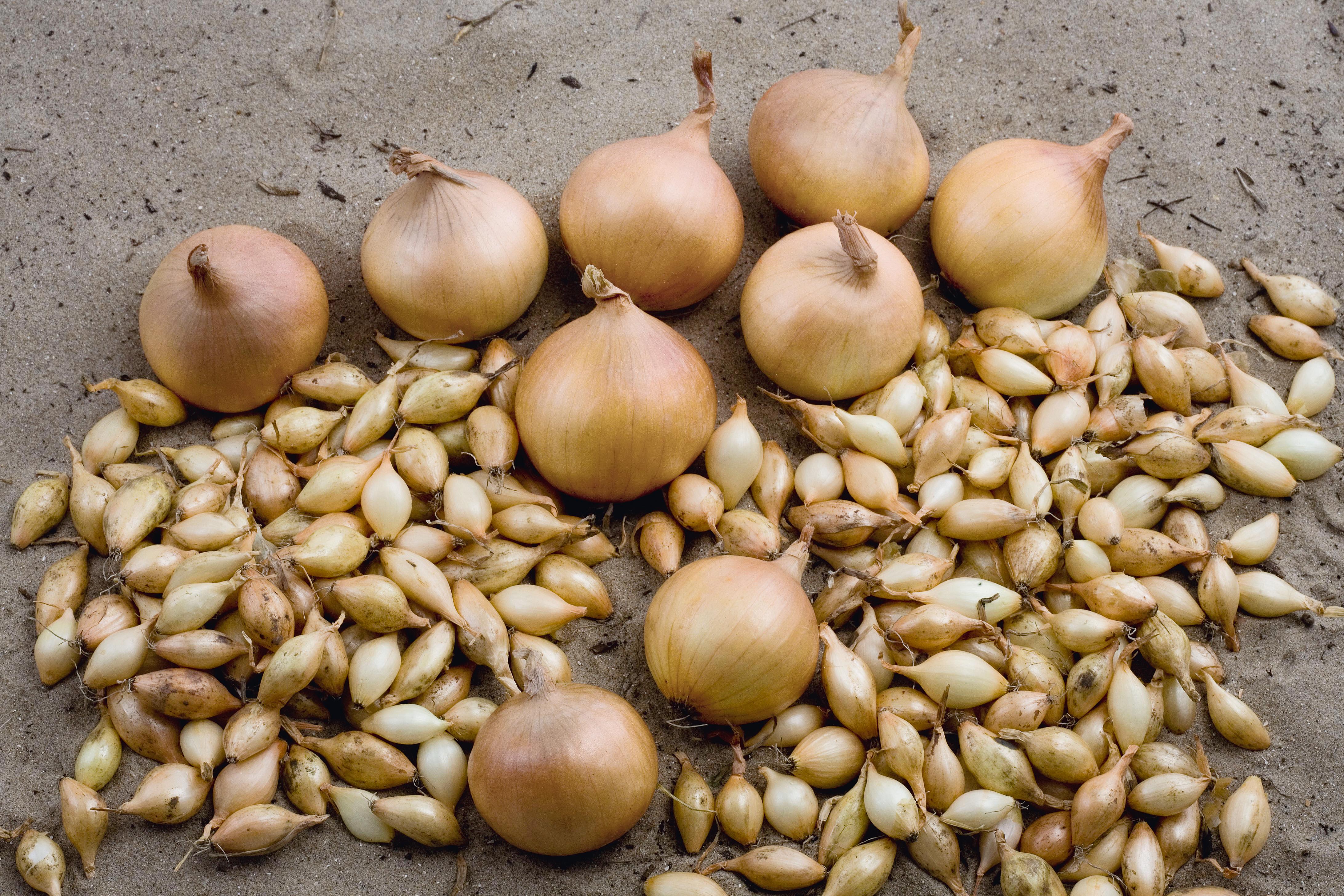Storage advice
Advice about storing and transporting onion sets
Our onion sets are kept under optimal storage conditions right up to the moment of dispatch. However, the quality of the produce will deteriorate if it is not handled correctly during loading, transport and on arrival. We advise using climate-conditioned vehicles to avoid temperature fluctuations during transport which could cause condensation. Good ventilation and the shortest possible transit time are very important.
On arrival the produce should be stored in a dry, well-ventilated and frost-free storage unit, preferably in ventilated crates. It is also important to keep the time between the arrival of the sets and planting as short as possible.
This advice is given to remind you that onion sets are subject to decay. Unexpected quality losses occurring after the time of loading are for the buyer’s account and risk. Broer B.V. cannot be held liable for damage caused by incorrect handling during loading, transport and unloading on arrival.
We also advise you to instruct the transport company/driver to check all transport documents are correct.
Harvesting, curing and storing
Harvesting conditions
- Lift the onions when approx. 60% of the tops are down.
- Only top and lift the onions if they are wind dry.
- Always remove the leaves above the last point where they start to form the hollow leaf shaft, this is about 10 cm above the bulb.
Cutting the tops too short and lifting and harvesting damp crops considerably increases the risk of neck and wound rot.
Ventilation capacity
- Minimum ventilation capacity 150 m3 air/ m3 onions/ hour; this means that an air capacity of approx. 30,000 m3 air/ hour is required for 100 tons of onions. Adapt the fans accordingly. To obtain the best drying results using heaters, a heater capacity of 60,000 to 80,000 Kcal/100 tons of onions is the optimal requirement.
- Create a pile of onions no higher than maximum 4 metres. At a depth of 1.5m in the pile, insert a temperature sensor immediately above an air inlet duct.
- The quicker the neck of the onion dries out, the less risk there is of mould and bacteria developing in the onion bulb. This will ensure better quality onions. This is contrary to the belief that drying the neck of the onion too quickly will close the neck. However, the neck must be sufficiently long.
Relative humidity
- To obtain the maximum drying effect, the RH of the air exiting the storage unit must be 65% during the first three phases of curing. During storage the RH may increase to 80%.
- Gas-fired heaters produce less moisture and the temperature is easier to regulate than petrol-fired heaters.
You can find more detailed advice on storage of your harvested produce in this document. Please keep in mind that not all of our varieties are suitable for storage, so please consult our local sales team for advice on which varieties to use for storage.

